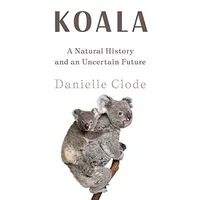Koalas are both endangered and so plentiful they're causing problems. How'd that happen?
They are a poster child for imminent extinction, at risk from deforestation, climate change and bushfires. Yet, where I live in South Australia, they are so abundant they are in danger of eating themselves out of house and home.
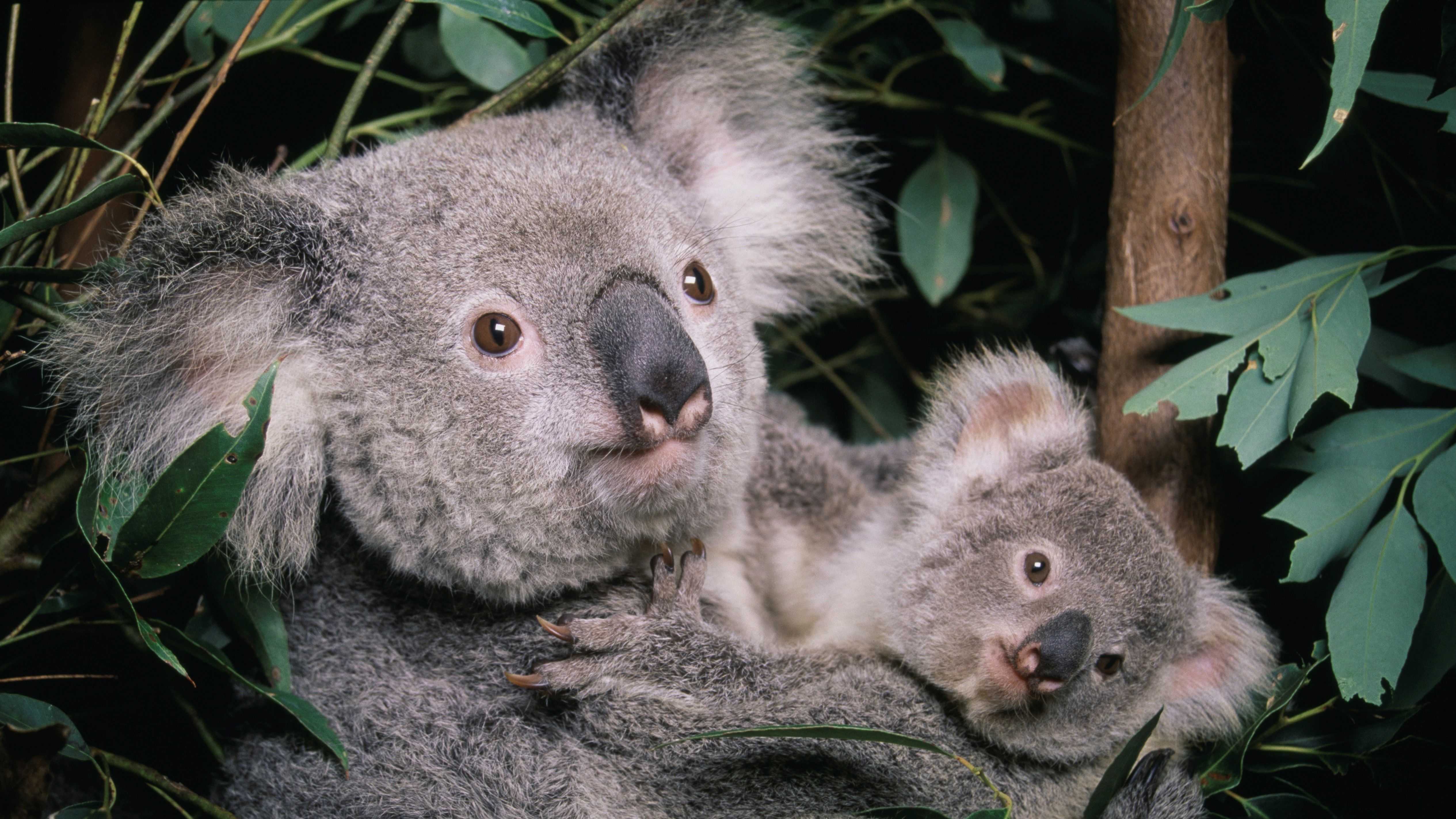
Koalas present something of a paradox.
They are a poster child for imminent extinction, at risk from deforestation, climate change and bushfires. Yet, where I live in South Australia, they are so abundant they are in danger of eating themselves out of house and home. How is it that koalas can be simultaneously declared endangered in some areas and yet require population management in others? Despite the complex factors influencing koala populations, the ultimate cause of both problems may well be the same — habitat loss and fragmentation.
Koalas are native to — and entirely dependent on — the Australian eucalypt forests that stretch down the eastern seaboard of Australia in a hook from the tropical forests in the north down and around the bottom south-eastern corner coast of the country.
These forests, and their koalas, once stretched all the way across the south to the far west coast. But as the climate began to dry around 100,000 years ago, the forests retreated towards the eastern edge of the continent. The giant megafaunal cousins of the koalas, like the diprotodons, disappeared in this period and the koalas too retreated from the west and inland areas, and from most of South Australia. Genetic markers reveal that, around 30,000 to 40,000 years ago, koalas suffered from a catastrophic population crash, coinciding with the megafaunal extinctions around the world.
This was not the only time koala populations have crashed, nor the only time they have recovered. Species with small ranges are often more at risk of extinction. Although koalas are a relatively widespread species, they are also extremely widely dispersed and rarely found in high densities. This might put isolated populations at risk of extinction. Park managers typically consider three to four koalas per hectare the maximum sustainable number without risking forest damage, even in the most productive forests. In the more inland arid forests, there may be as few as one koala found every 247 acres (100 hectares).
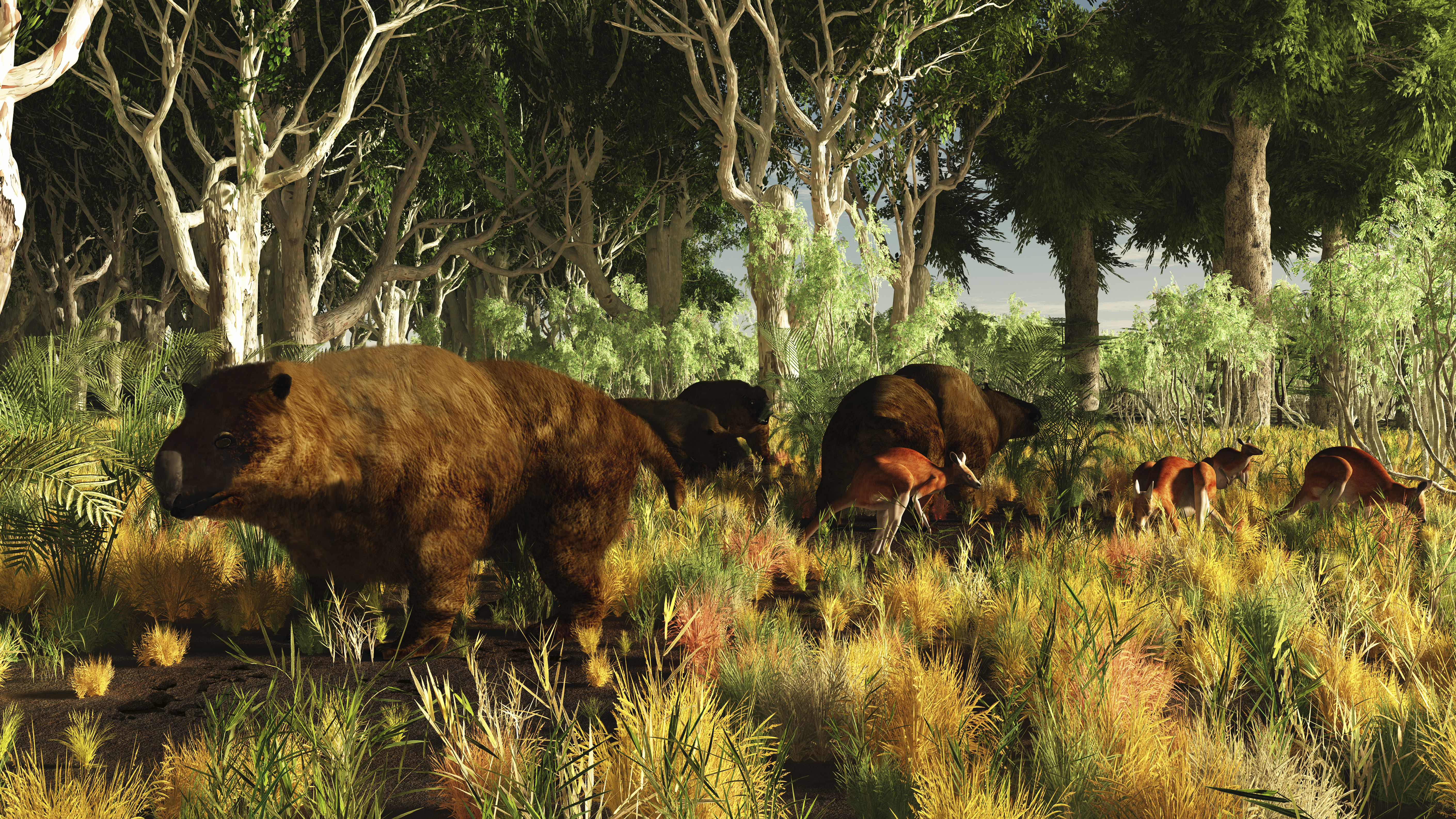
This relative scarcity does not seem to be a recent phenomenon. Compared to kangaroos or possums, koala bones are scarce in the fossil record and they less commonly feature in pre-colonial Indigenous rock art or artifacts, despite their great cultural significance to many east and south coast Indigenous communities.
Nonetheless, European settlement in Australia from 1788 certainly had a massive impact on koala populations. Altered fire regimes, broad scale deforestation and land clearance, the international fur trade as well as the introduction of new forms of chlamydia in livestock, all had a significant impact on koala populations.
Get the world’s most fascinating discoveries delivered straight to your inbox.
Massive bushfires in the 1850s through to the 1930s saw koalas declared extinct in the southern states of South Australia, New South Wales and Victoria. Remnant populations clung on here and there and locals were so worried about their survival that in the 1890s a handful of koalas was transported to French and Phillip Islands near Melbourne.
Related: Chlamydia is killing Australia's koalas, but ambitious new project could stop the spread
Koalas weren't doing much better further north in Queensland. Hunting them for fur was officially sanctioned until 1927, with millions of pelts being exported to the fur markets in the U.S. and U.K. Despite growing campaigns to ban hunting, the export of koala fur didn’t really end until an appeal was made to the U.S. president Herbert Hoover, who banned their import in 1930.
Ultimately the tiny population of koalas transported to French Island saved southern koala populations. From the safety of their disease-free refuge, the French Island population thrived and, very soon, animals had to be transported onto other islands and mainland Victoria. A small population was transported to Kangaroo Island off the coast of South Australia in the 1930s. This population grew so large many were moved to the forested hills around Adelaide where they are now one of largest and densest populations of koalas in Australia.
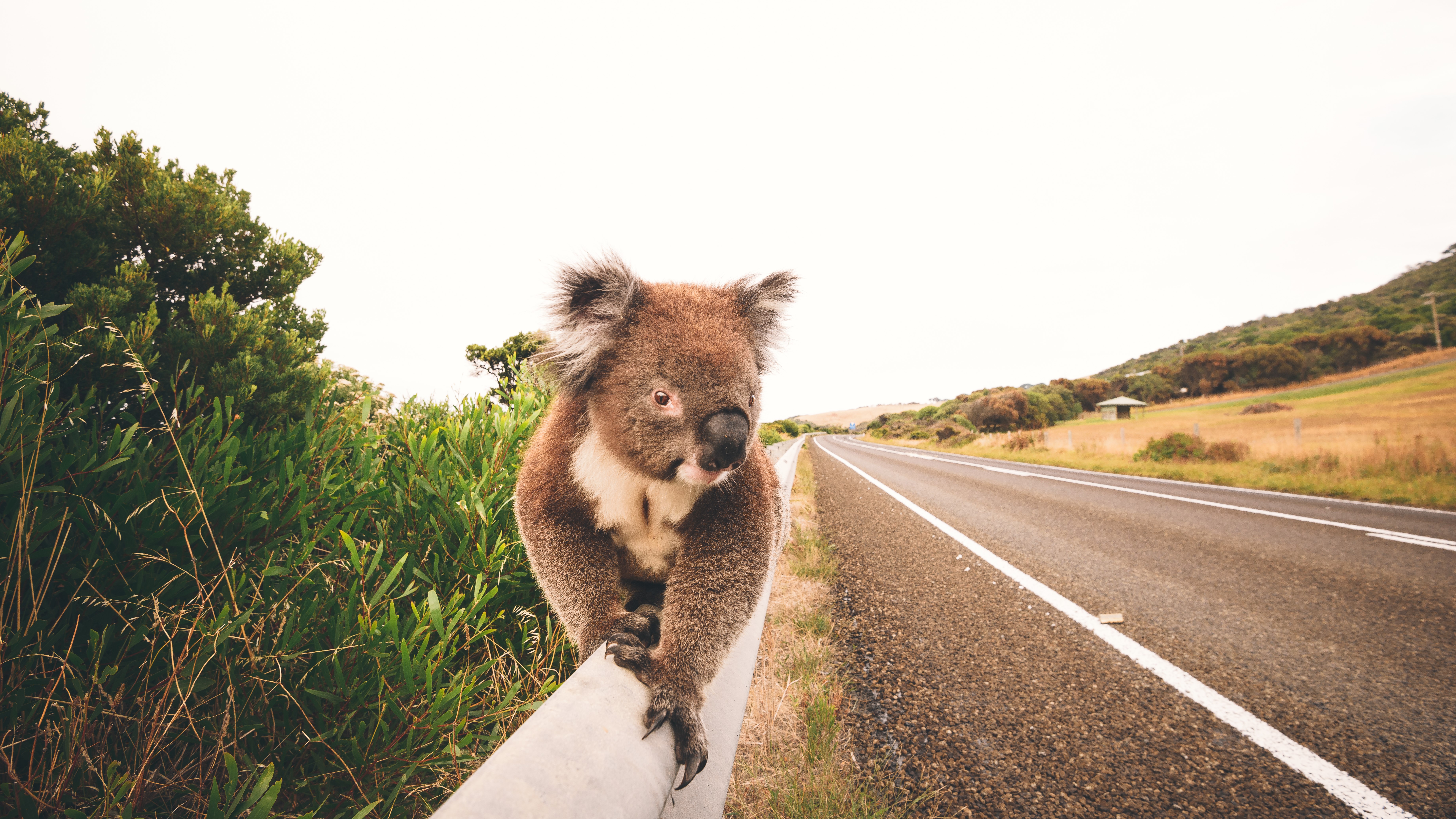
Today, the southern koalas across the states of Victoria and South Australia — almost entirely descended from translocated French Island animals — have boomed to an estimated 650,000 individuals. But their fragmented and disconnected forest means they cannot expand into surrounding forests. They are trapped on actual islands or forest islands, rapidly eating their way through the food supply, until they either starve or can be transported elsewhere. These populations, therefore, require management.
Meanwhile in New South Wales and Queensland, habitat fragmentation and disruption seems to be having the opposite impact on koalas. Native vegetation across Australia is often protected, yet innumerable exemptions have allowed land clearance to continue at a monstrous pace in these two states. The growing urban populations, particularly along the coast, has further eroded prime koala habitat and increased mortality from dogs and cars.
But it is possibly disease that has had the biggest impact on these declining populations. Sexually transmitted diseases like chlamydia and koala retroviruses are also passed directly from mother to young, ultimately causing infertility and a slow, painful death. These diseases spread rapidly through the stressed populations trapped in small remaining pockets of habitat. As a result, populations in New South Wales and Queensland are now considered endangered.
Like a lot of Australian animals, koalas are adapted to making the best of an unpredictable climate. They walk a fine line with their ability to exploit the abundant, yet toxic eucalyptus leaves. They cling on tenaciously through drought years and breed rapidly to make up for it in the good years. It’s a finely balanced survival strategy that has served them well through millennia of environmental change. Their resilience is extraordinary, but whether it is enough to help them survive more recent threats remains to be seen.
Bushfires have long been an integral part of Australian ecology, but recent years have seen them increase in intensity and frequency. And bushfires disproportionately impact on the shrinking eucalypt forests that koalas depend upon.
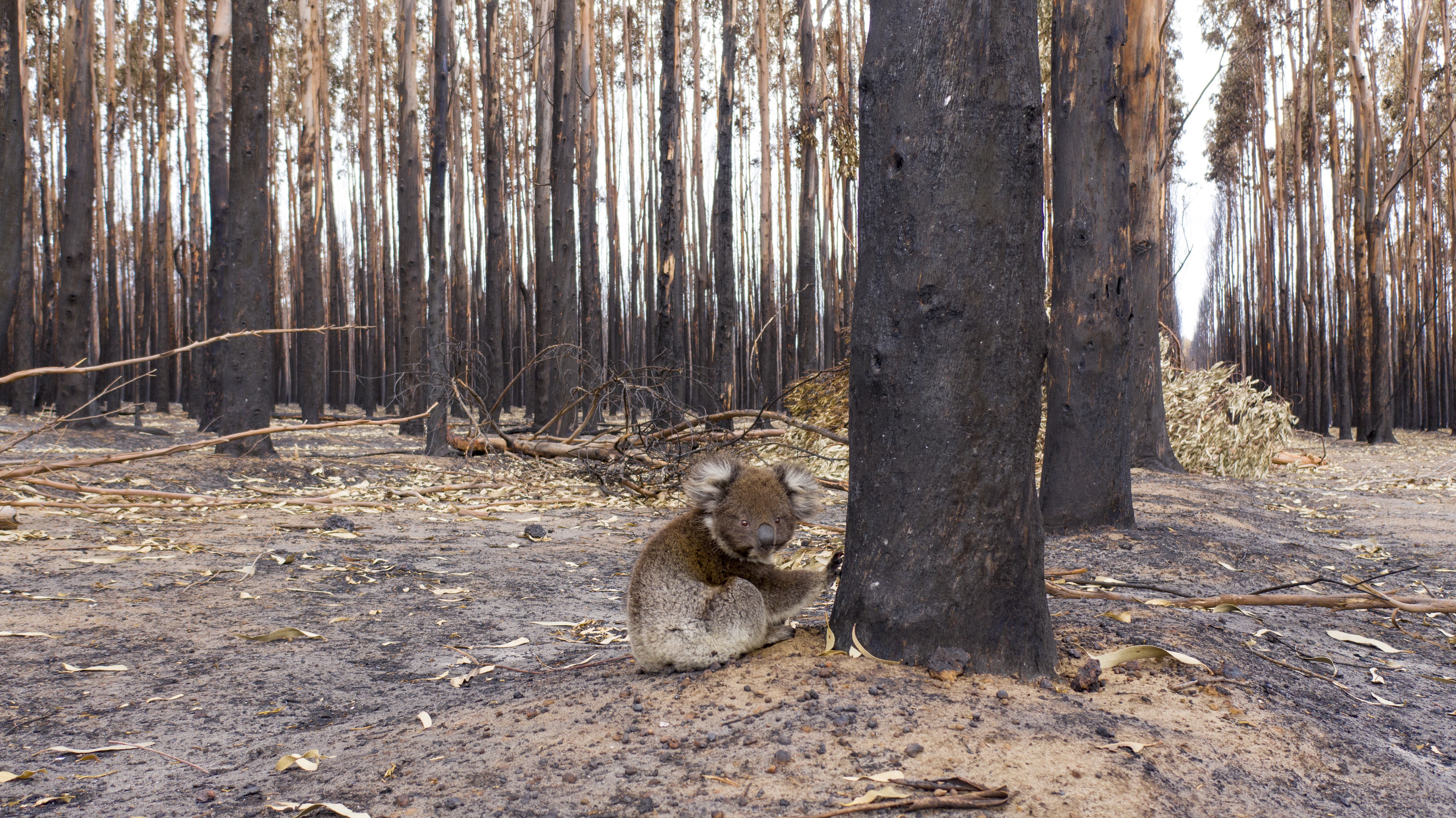
In 2019-2020, the Black Summer bushfires burnt across wide areas of Australia’s east coast, destroying a quarter of remaining koala habitat. Perhaps even more shocking was the impact on koalas on Kangaroo Island southwest of Adelaide, which was home to some 48,000 disease-free koalas. A month-long bushfire ripped through the national park and may have killed over 40,000 koalas — more than the entire remaining northern population combined.
Given half a chance though, koalas do seem to bounce back — sometimes in the most surprising ways. Where I live, on the outskirts of Adelaide, koalas are even moving into the city — colonizing the parks and reserves along the old creek lines that run from the forested hills down through the suburbs and taking up residence in the large remnant eucalypts, many of which pre-date the roads and houses around them.
Koalas, it seems, are more than willing to learn to live with us and share their forest realm.
Surely then, it’s not too much to ask that we should do the same for them?
Koala: A Natural History and an Uncertain Future - $21.18 at Amazon
Danielle Clode, an Australian biologist, delves into the extraordinary world of koalas, from their ancient ancestors to the current threats to their survival.

Danielle Clode is a biologist and natural history author based at Flinders University in Adelaide, Australia. Danielle grew up in the fishing town of Port Lincoln in South Australia before sailing around the coast with her parents on a boat known as ‘the pirate ship’. After finishing school in far north Queensland, she moved to Adelaide to study politics and psychology. Danielle worked as a zookeeper before completing her doctorate in zoology at Oxford University, studying seabirds and feral mink in the Outer Hebrides of Scotland.
Her books include Killers in Eden, which was made into an award-winning Australian Broadcasting Corporation TV documentary; Voyage to the South Seas, winner of the Victorian Premier’s Literary Award for Non-fiction; and The Wasp and the Orchid, which was shortlisted for the National Biography Award. Her most recent book is In Search of the Woman Who Sailed the World.


